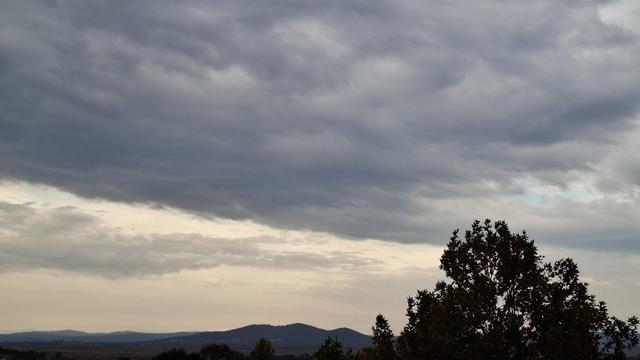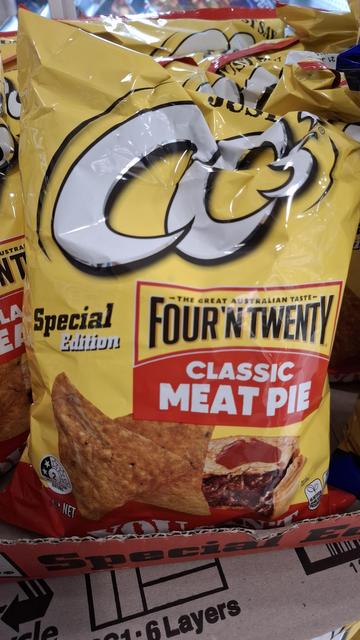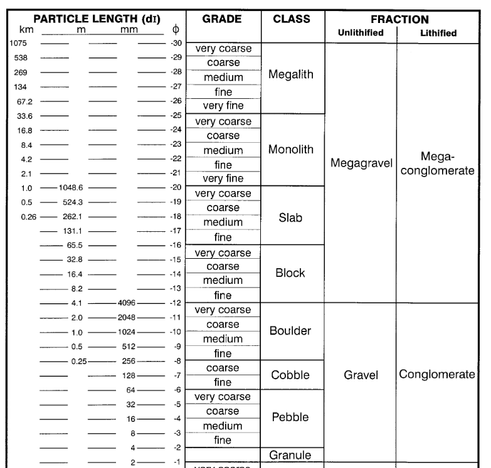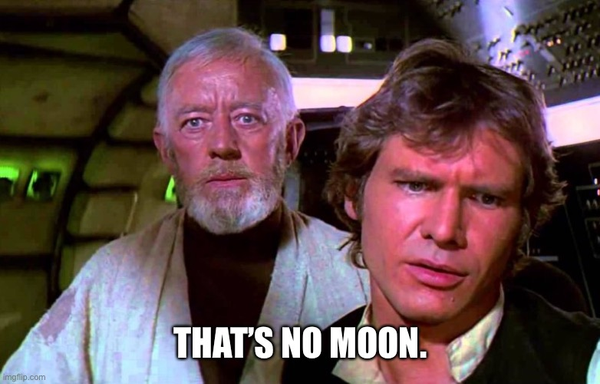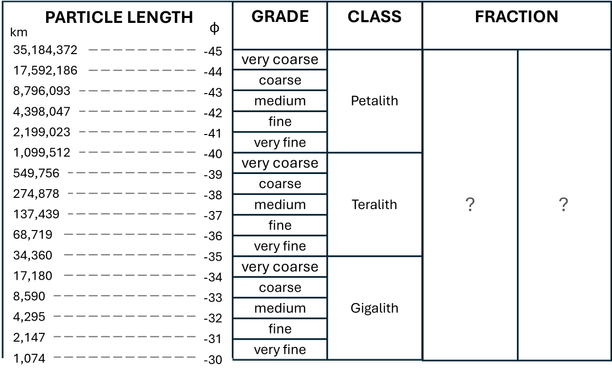It's #LookUpAtTheSkyDay 👀☁️🧪⚒️ - a reminder to take a few moments to look up and contemplate the wonder of it all... Here is my sky today, it's been mostly overcast, but with some subtle colours later in the day. What does your sky look like?
A curious, innovative and always learning Geoscience Laboratory Director producing data for the public good.
Opinions and long-winded nested verbs are all mine and nothing to do with my employer.
Widespread interests across science, technology, team management and quality control. Easily distracted by gadgets and clever innovations. Big supporter of geoscience education, outreach and diversity. He/him/his.
Occasional blogger at https://the-temporal-theodolite.net/
Meanwhile in #Australia 🇦🇺, in the context of strategic operational framework we engaged in a comprehensive process of mitigating multi-faceted challenges to our market share through deployment of innovative solutions. And, uh, Dave in Marketing couldn't decide whether to go for some chips or a pie.
No, it's not The Onion or The Shovel, but the satire does seems to write itself these days... 🚣🐊
https://www.abc.net.au/news/2025-03-25/2032-brisbane-olympics-crocodiles-in-rowing-river-rockhampton/105094426
Should we expect record times in 2032?
The presentation expands on the recent paper 'A review of critical mineral resources in Australia': https://www.tandfonline.com/doi/figure/10.1080/08120099.2024.2430279
And there are some other great online public talks lined up at Geoscience Australia this year too to check out: https://www.ga.gov.au/news/publictalks
Been hearing a lot about ⚒️🧪 critical minerals lately? Want to know more? Then check out this online public talk on next Wednesday morning (Australian Eastern time). I know the presenters & they always have great insights and ideas for this important topic.
https://events.teams.microsoft.com/event/0f879f98-b024-4136-ae79-26772607e011@645b613a-a64c-4250-975f-5f69787d028d
Flying Feldspar Friday? A pebble swinging in the air thanks to a spider web. This is just a fine pebble ~25 mm, but they can get larger. I assume here the spider thought they had a solid anchor point, but I have seen cases where a suspended rock appears to be a deliberate design choice. ⚒️🧪
My ⚒️🧪 #LabAdventure today was looking for equipment serial numbers. Not a fun job, but it led to a totally unexpected discovery of a unit that was 'Made in Scotland' 🏴 . Imagining a group of Scottish engineers manufacturing scientific equipment from a factory somewhere in #Glasgow really improved my mood.
I was thinking of something classical, but couldn’t find a name for Sisyphus’ rock.
Perhaps you are familiar with ⚒️🧪sediment grain size charts that cover mud, sand, pebbles and boulders. Today I learned there is a classification for even bigger 'particles' up to 1074 km in size? 🤯
This scale would make the famous Uluru in central 🇦🇺 a 'very fine monolith' with a ϕ-value of -20.9.
On this scale the dinosaur sedimentologists may have chatted about a coarse monolith heading (settling?) their way (12km=-23.5ϕ) and Obi-Wan could have referred to the Death Star as a medium megalith (160km=-27.2ϕ)
But why stop there? Extrapolate, creatively apply SI prefixes and the Moon as a particle becomes a -31.7ϕ fine gigalith , Earth=-33.6ϕ coarse gigalith, and, getting past our silicate particle bias, Jupiter=-37ϕ medium teralith and the Sun=-40.3ϕ very fine petalith.
Any ideas on a fraction name?
Perhaps you are familiar with ⚒️🧪sediment grain size charts that cover mud, sand, pebbles and boulders. Today I learned there is a classification for even bigger 'particles' up to 1074 km in size? 🤯
This scale would make the famous Uluru in central 🇦🇺 a 'very fine monolith' with a ϕ-value of -20.9.
On this scale the dinosaur sedimentologists may have chatted about a coarse monolith heading (settling?) their way (12km=-23.5ϕ) and Obi-Wan could have referred to the Death Star as a medium megalith (160km=-27.2ϕ)
But why stop there? Extrapolate, creatively apply SI prefixes and the Moon as a particle becomes a -31.7ϕ fine gigalith , Earth=-33.6ϕ coarse gigalith, and, getting past our silicate particle bias, Jupiter=-37ϕ medium teralith and the Sun=-40.3ϕ very fine petalith.
Any ideas on a fraction name?
A bleak downside of having a dental 🦷 check-up first thing in the morning is overhearing the receptionist dealing with the calls from people who have clearly had a terrible night of pain and are desperate for an appointment. But for good fortune there go I...
Floss, people, floss!
Look what ⚒️🧪 excitement just arrived in the post! The Quartetnary card game from the https://www.thesillyscientist.com/ 😁
Going to have to wait a bit to play it though - there are others here who want to see it unboxed...
@Lats It is indeed an unconventional workplace - I recall seeing US Secret Service stickers everywhere sealing access panels and ports for various building services - apparently been there since President Obama's visit in 2011.
For those in #Canberra 🇦🇺 (and surrounding areas 😉): a chance to visit the basement of Parliament House and see an unconformity.
These tours usually sell out - it's a fascinating location and an intriguing story of a rediscovered geological monument millions of years in the making.
https://buff.ly/4hVdCYU
When an editor chooses violence in a 🧪 story...
The article: chance of impact from 2024 YR4 has gone from 1.3% to 2.3%, but will go down as more data comes in. It's only 90m in size.
The headline: Asteroid’s chances of hitting Earth in 2032 just got higher – but don’t panic
The picture: PANIC
